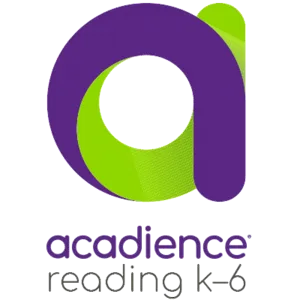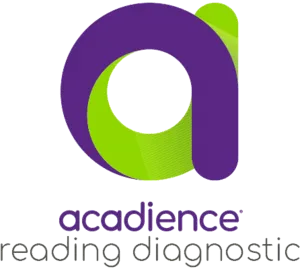Why A Triangle?

Have you wondered why the image representing the Multitier System of Supports (MTSS) model is shaped like a triangle not a rectangle, circle, or oval? Because many educators report using the MTSS model but are not getting results, it seems worth revisiting some of the foundational components represented by the shape of the image.
These common practices suggest misunderstandings about the MTSS model and the significance of the triangle shape:
- Using screening data to “sort students into tiers”
- Taking students out of Tier 1 to give them intervention
- Giving intervention to all students
The MTSS triangle depicts the system of supports available to all students from the first day of kindergarten. The image is divided into three sections to represent layers of increasingly intensive instructional support. But rather than showing three sections of equal size, for example within a rectangle or square, the model is depicted as sections of a triangle, for at least three important reasons.
1. Struggling Students Need More and Better Instruction
Students who are at risk for, or who have reading disabilities, need intervention even intensive intervention, to reach grade-level reading goals. Intensive intervention requires more explicit, systematic, and individualized instruction, delivered more frequently, for a longer duration, by a more skilled instructor, and with more frequent feedback to instruction via progress monitoring. An extra dose of intervention, layered on in addition to classroom reading instruction, will be required for some students to become skilled readers.
2. Schools Have Limited Resources
Intensive intervention, by design, requires more resources than classroom reading instruction. Intensive intervention can only be effectively provided to a small proportion of students. When schools attempt to deliver intensive intervention to too many students, the resources become diluted and less effective. This can result in an intervention system that isn't functioning to get students up to grade-level expectations and even the inability to provide intensive intervention to students with disabilities.
3. Prevention is Possible
One of the most powerful findings in reading research is most reading problems can be prevented by delivering high-quality, research-aligned instruction in the general education classroom. Universal screening data provides the information school leaders need regarding what classroom reading instruction should include, how it should be taught, and how resources should be allocated. By designing classroom reading instruction that meets the needs of students at each grade level, educators can reduce to a manageable number those students who need additional intervention support.
All students can learn to read, but not with the same kind and amount of instruction. Some students will need intervention, in addition to classroom reading instruction, to reach reading goals. Given the limited resources in schools, it is not possible to provide intervention to more than a small number of students. Classroom reading instruction, aligned to the needs of students as identified by universal screening data, can reduce risk and prevent reading failure.
The triangle graphic serves as a visual reminder of the MTSS framework for implementing instructional systems that get results for all students.
I hope you’ll join me for a webinar I’m presenting called “MTSS Myth Busting: The Truth About Tier 1.” I’ll share strategies and tips you can immediately apply. Please join me at 4 p.m. (CT), Thursday, January 11, 2024. You can register here.


